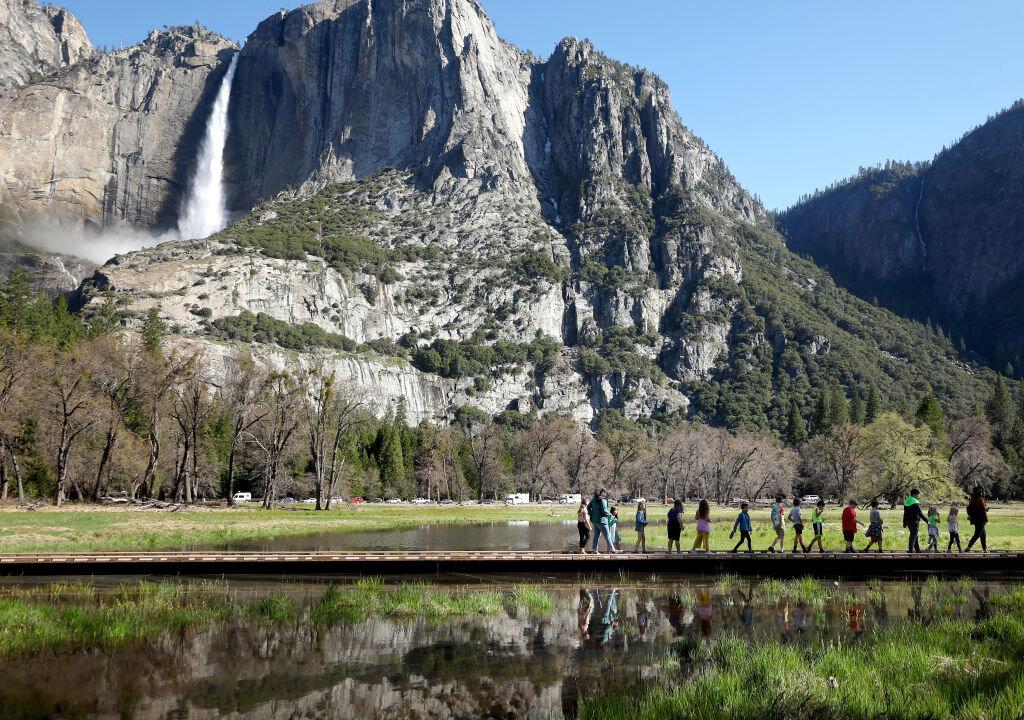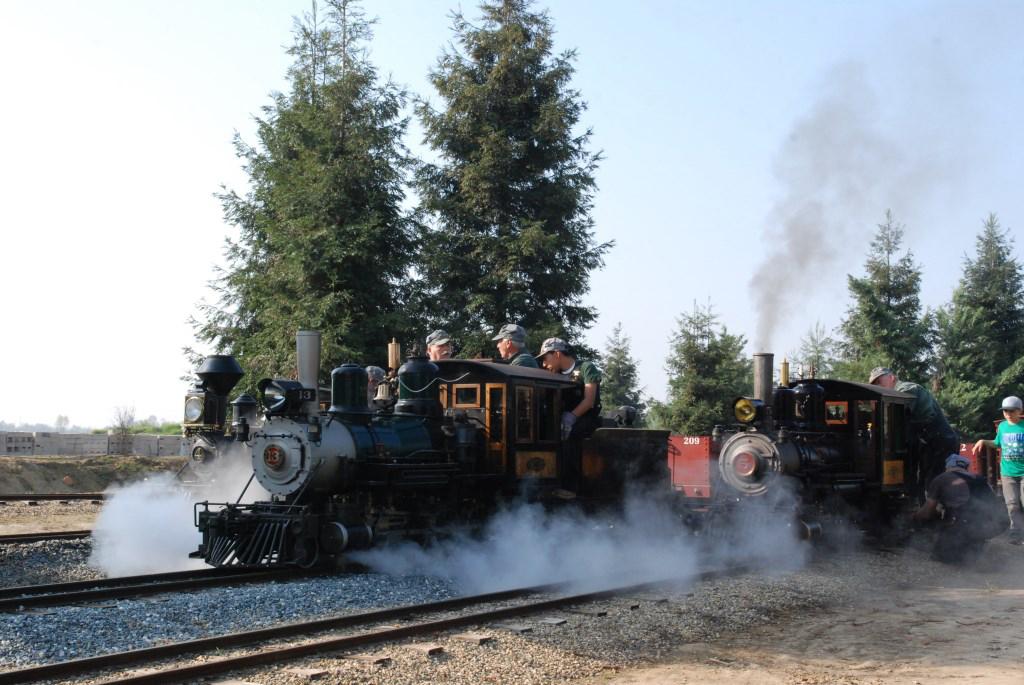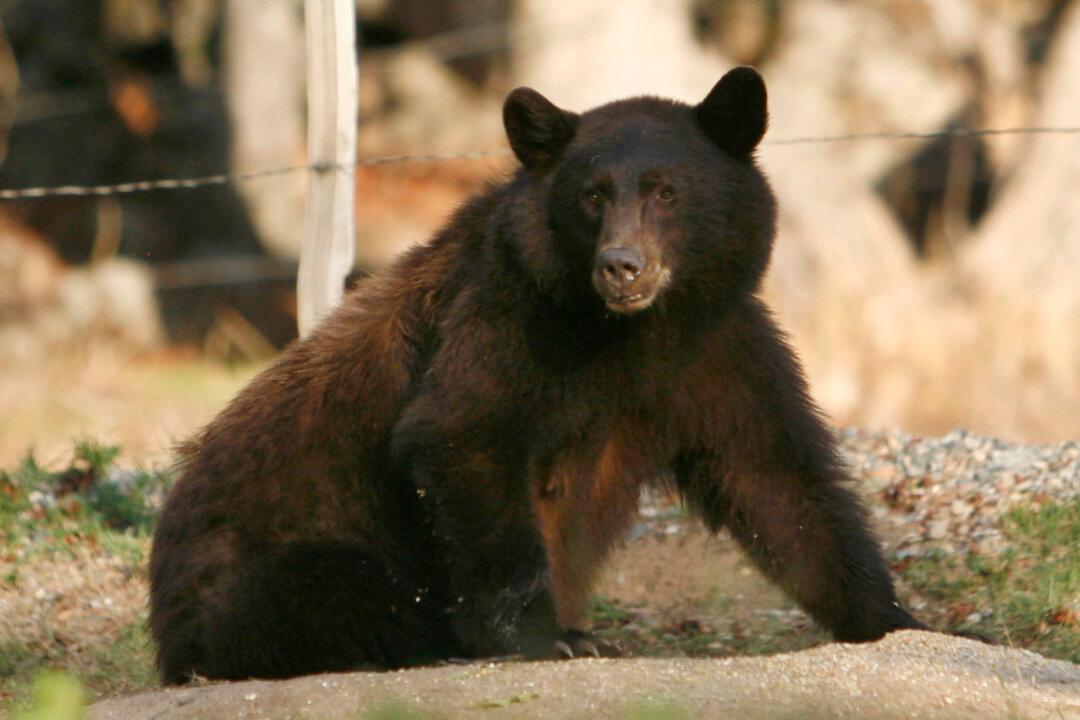Yosemite National Park in California welcomes millions of visitors every year, and despite heavy traffic and crowded campgrounds, the forest has remained protected and preserved, thanks to local conservation efforts.
“Climb the mountains and get their good tidings. Nature’s peace will flow into you as sunshine into trees,” wrote John Muir in his 1894 book, “The Mountains of California.”





